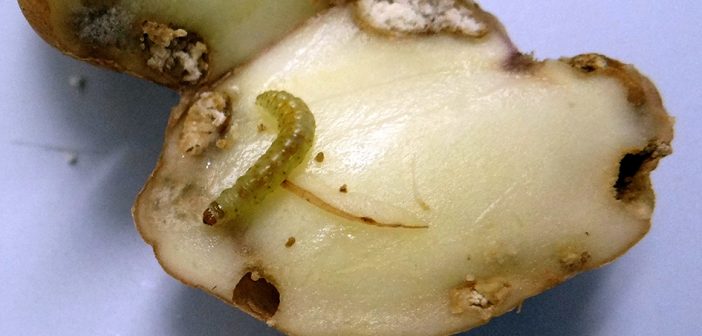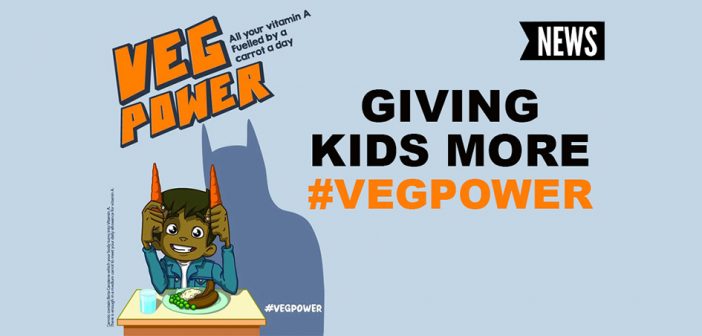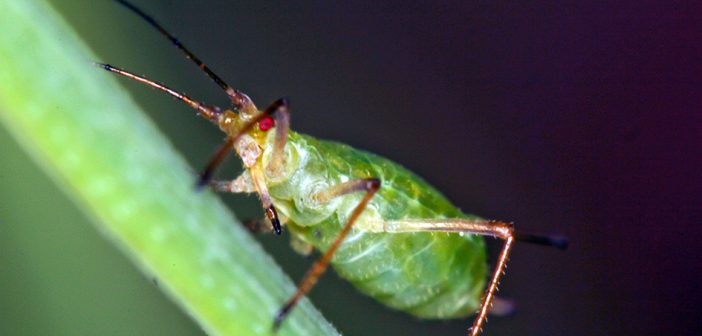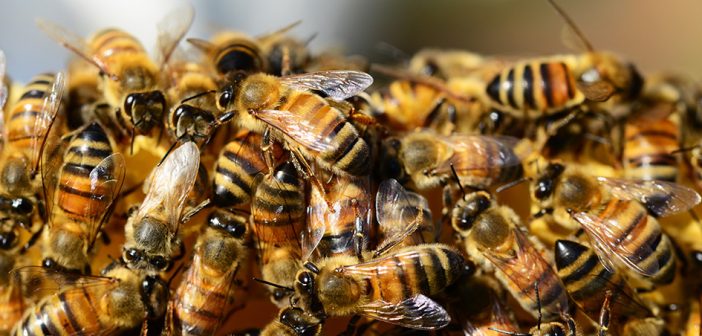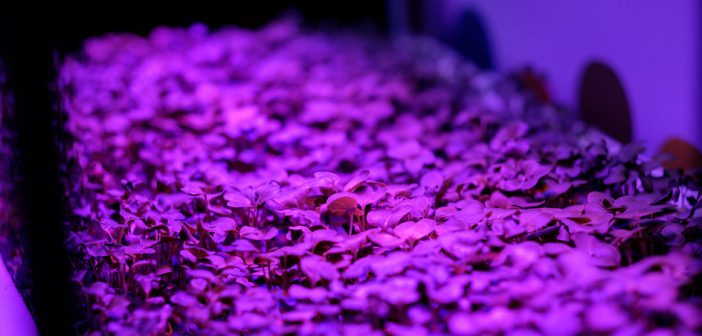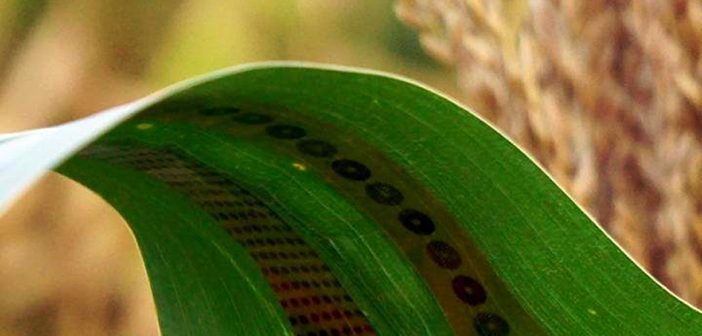Engineers at the University of Colorado at Boulder have received funding from the U.S. Department of Agriculture (USDA) to develop a scalable, cost-effective greenhouse material that splits sunlight into photosynthetically efficient light and repurposes inefficient infrared light to aid in water purification.
According to the University, under normal conditions, plants only use around 50 percent of incoming sunlight for photosynthesis while the remaining half goes unused.
“The new CU Boulder technology will take the form of a semi-translucent film that splits incoming light and converts the rays from less-desired green wavelengths into more desirable red wavelengths, thus increasing the amount of photosynthetically efficient light for the plant with no additional electricity consumption,” said Xiaobo Yin, an assistant professor of Mechanical Engineering and Materials Science and Engineering at CU Boulder. The thin engineered material can be applied directly to the surface of greenhouse panels.
The technology also makes use of the photosynthetically ineffective light by redirecting it to aid in solar-driven water purification. “The near-infrared wavelengths can help clean brackish wastewater, allowing it to be recirculated in an advanced humidification-dehumidification interface and further reducing the greenhouse’s energy footprint,” said Yang.

Photo Caption: Professor Ronggui Yang (left) and Assistant Professor Xiaobo Yin.
Photo Credit: Glenn J. Asakawa / University of Colorado Boulder
The post Light-splitting film could increase yields appeared first on Hort News.
